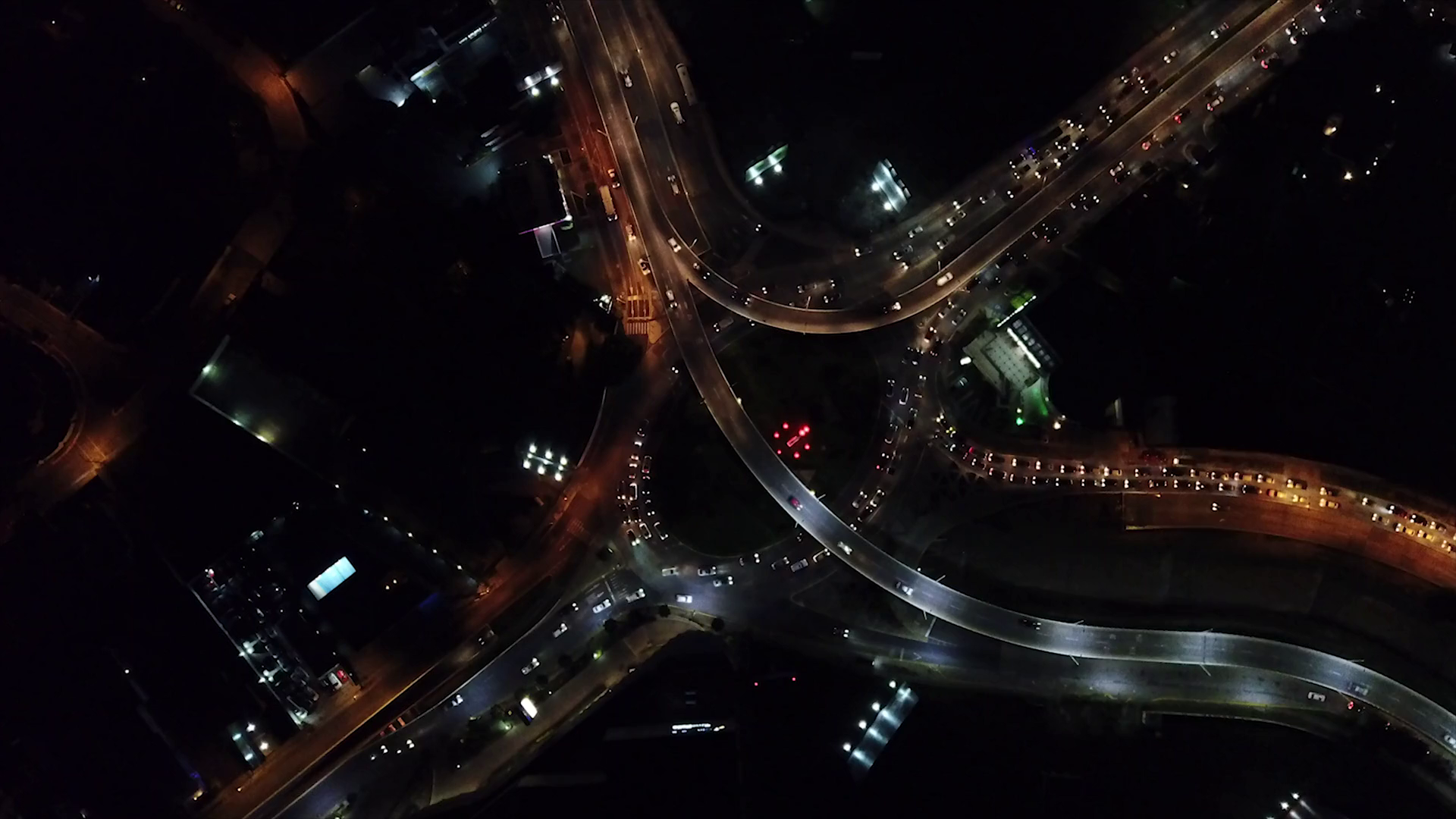Scania’s Data and Mobility Services team and InnoTractor began scoping and working on their proof-of-concept last year. Recently, the teams tested the proposed system in real-life conditions with excellent results.
Scania has recently tested connecting a freight flow system that followed all shipments from its supplier Ages in Sweden in near real-time to Scania’s production facility in Zwolle, the Netherlands. The pilot gave an insight into the possibilities of new digital services available from startups that lead the market with the most attractive offering. Scania carried out the proof-of-concept in collaboration with InnoTractor, identified by Scania’s Data & Mobility Services team and Combient Foundry.
LACKING REAL-TIME INSIGHT FOSTERS INSECURITY FOR BUSINESS AND SUSTAINABILITY AMBITIONS
Many shippers need more insights and visibility in shipments to know when items will arrive or if goods are damaged or destroyed. It is often up to the end recipient to discover a problem, creating a sluggish, slow, and reactive process. Not only does this create a feeling of insecurity for shippers, but it also drives costly and time-consuming claims.
The solution is to provide information about the location and status of pallets, boxes, or article numbers based on near real-time data from multi-modal and multi-supplier transports. Moreover, if the transport industry aims to reach the 1.5-degree goal, more is needed than simply switching to more sustainable fuels. The journey towards more efficient transport must begin, regardless of the mode of transportation.
CONNECTING GOODS ENABLES PROCESS AUTOMATION, OPERATIONAL OPTIMIZATION, AND BUSINESS CONTROL
Shippers are keen to digitize transport operations for speedy process automation and operational optimization in the supply chain. Now they can address this at a much lower cost than before to achieve key transparency, efficiency, and sustainability requirements. The tech enablers for this include cloud solutions, artificial intelligence, the Internet of Things (IoT), and blockchain.
Real-time data on goods in an integrated system can increase both productivity and efficiency of goods handling in the logistics system and enable a more sustainable transport system. Prices for IoT devices and communication have recently dropped to a level allowing for larger-scale usage of connected services. Carriers who adopt connected devices and standardization protocols will have a competitive edge.
HOW DO THE INSIGHTS HELP WITH EFFICIENCY?
Connected goods enable actionable insights into their status, location, and handling in a shipment – all in near real-time! The added level of trust and control opens up uncrewed receiving, effectively quadrupling delivery hours. Deliveries will be better and more efficiently forecasted, resulting in fewer miles and trucks driven, less CO2 emitted, and automated claims reporting. Customers will know exactly when something goes wrong, an exception occurs, and who handles the goods. They get access to analytics and intelligence, trends and reports, transportation forecasting, and risk predictions.
The system logs events during packaging and arrival. Events within a location, on the road, or in a warehouse are also logged, for example, when loading or unloading goods. Alerts are triggered if a shipment is incomplete, not fully consolidated, beyond temperature tolerances, or doesn’t follow a given route or time. These warnings are sent through the supply chain, mitigating cascading effects, allowing for direct replanning and rescheduling, and updating recipients with a new delivery window.
Visualizing goods data from supplier to factory is of great value for Scania Logistics, which continuously works to develop the management of the factory inbound and warehouse flows. Digital twins also contribute to better ETA analysis and deviation management, enabling shorter lead times, reduced stocks, and improved production planning through data-driven scenario analysis and predictions.
WHAT ARE THE CHALLENGES?
However, there are multiple challenges in ensuring that goods are shipped securely and reliably, regardless of carrier. Gateways, repeaters, modems, and “tags” must be installed and interoperable on the road, in cross-docks, and in warehouses. Additional challenges include data interfaces, data consumption options, data structure and formats, completion, privacy consent, and cybersecurity.
Ordering digital twins and matching article data with tags attached to boxes and pallets must be simpler. Multiple items should be easy to group and relate to shipments, trucks, trailers, routes, points of interest, CO2 targets, and handover events. Analyzing all data to predict risks in large and advanced supply chains is also challenging. Now, Scania has successfully tested many challenges together with selected technology suppliers.
HOW WERE THE CHALLENGES ADDRESSED?
In the proof-of-concept, based on InnoTractor’s solution and know-how, one system detected the digital identity of goods at the supplier terminal where goods were handed over, and another system tracked them during transport. The identification system worked with small, Bluetooth-enabled, battery-less (low-cost and printable energy harvesting) tags attached to the boxes.
The tags worked together with bridges, powering the tags at a distance of 10 meters and collecting information. Gateways then relay data from bridges to the cloud via 4G and 5G networks. Compared to alternative technologies, like RFID, the tiny Bluetooth tags and bridges are relatively cheap, easy to install, and less sensitive to disturbances and distances. In the cloud, artificial intelligence and business logic are applied to the data.
The on-road system utilized InnoTractor Orbitz trackers, which collect GPS tracking data on the consignment level. The data of the tags and the trackers were combined in the cloud solution and presented as a single source of information to see the status (shipped, in transit, arrived), location, and handovers in the supply chain. Finally, the InnoTractor DiLLaS™ blockchain platform logs each handover.
The test with InnoTractor proved that their end-to-end solution could verify events like “Ready to ship”, “In transport”, and “Arrived” which enables predictions and the ability to create different transport scenarios to improve production planning in the manufacturing industry.
SCANIA’S PLAN TO TACKLE THE REMAINING CHALLENGES
Digitizing supply chains will lead to numerous opportunities for researching and developing new solutions. Total greenhouse gas emissions from transport increased by more than 33% between 1990 and 2019, and road transport emissions by almost 28%. Scania has the ambition to address the actual environmental impact of transportation, for example, regarding emissions of CO2 related to each box and every item inside the box, and to verify when articles come from approved suppliers in a cyclical ecosystem.
The tested solutions will help Scania to live up to its climate commitments within science-based targets. Tracking goods and verified events are also the basis for additional efficiency steps like automatic payments, micro-insurance, automatic RTI (returnable transport item) administration, and more. The next step is to work with customers and partners to leverage the current market interest and verify the business value for all stakeholders.
ABOUT INNOTRACTOR
InnoTractor was founded in 2018 by Frank Hermans. The mission of the 16-strong company is to harness IoT, blockchain, cloud solutions, and state-of-the-art wireless technologies to reduce waste and emissions in areas such as logistics, supply chain, cold chain, home energy, and mobility. Their definition of waste is a broad one too: InnoTractor solutions help save anything from time, operational inefficiencies, lost client opportunities, and of course, wasted physical goods too.
What sets them apart is their model for providing complete support for customers. It all starts from the setup by identifying the business advantage that the client desires, through to finding the best technology, be it InnoTractor’s own or something external. And it does not stop there, as InnoTractor’s platform enables lifelong support by updating and maintaining the bespoke solutions.





